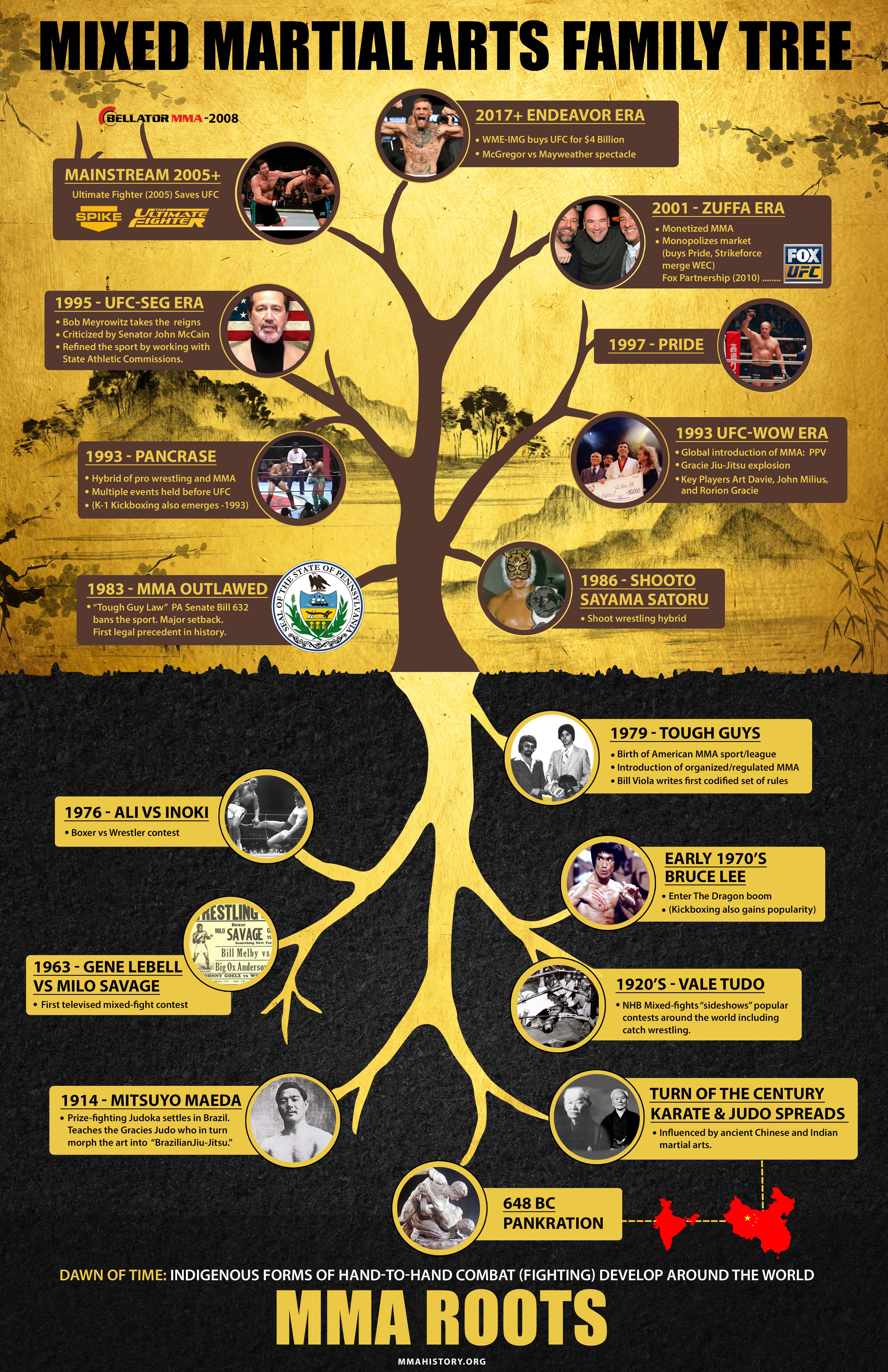Trick Differences Between Conventional Martial Arts And Modern Fight Sports: A Thorough Evaluation
Trick Differences Between Conventional Martial Arts And Modern Fight Sports: A Thorough Evaluation
Blog Article
Authored By-Skovbjerg Rocha
When you think about martial arts, do you lean more towards the typical techniques or the contemporary fight sports? Each course provides unique advantages and experiences, formed by their philosophies and training approaches. Typical martial arts highlight personal growth and technique, while modern-day fight sports concentrate on competitors and performance. Recognizing these differences can direct you in picking the appropriate approach for your journey. Yet exactly how do these differences materialize in training and viewpoint?
The Viewpoint and Background Behind Conventional Martial arts
While lots of people link martial arts with physical battle, the philosophy and background behind standard martial arts run much deeper. You'll discover that these self-controls emphasize personal development, discipline, and respect.
Stemming from ancient techniques, typical martial arts were typically established for Self-Defense and spiritual advancement. They symbolize principles such as equilibrium, consistency, and self-control, directing specialists beyond mere battling abilities.
As you educate, you'll not only learn methods yet additionally obtain insights into the society and worths that formed these arts. The rituals and traditions, typically given via generations, cultivate a feeling of community and belonging.
The Affordable Nature of Modern Battle Sports
Modern fight sports have actually transformed the landscape of martial arts right into a very affordable field, where athletes face off in a test of skill, approach, and endurance.
You'll see that competitions are typically arranged with stringent policies and policies, making sure fair game and security. These occasions attract big target markets, sustaining the excitement and strength of matchups.
Athletes train rigorously, not just for physical prowess however also for psychological strength, recognizing that every detail counts in the ring. https://www.cm-life.com/article/2022/03/cosens-martial-arts-invites-students-to-learn-self-defense-lifelong-skills throughout competitors is apparent, as competitors press their restrictions to declare victory.
https://zanderwdjqv.ttblogs.com/14077959/fundamental-abilities-gained-via-women-s-self-defense-training appreciate the athleticism and artistry involved, making modern battle sports a thrilling phenomenon that remains to develop and astound lovers around the globe.
Training Methods and Techniques: A Relative Evaluation
The affordable atmosphere of contemporary battle sporting activities needs ingenious training methods that differ dramatically from conventional martial arts.
In contemporary training, you'll focus on certain techniques, competing, and conditioning, commonly utilizing drills that imitate actual fight circumstances. You'll see a focus on quantifiable performance and frequent competition to analyze your abilities.
In contrast, traditional martial arts focus on forms, katas, and thoughtful trainings, typically emphasizing self-control and respect over competitors.
Training is typically less extreme and may include recurring technique rather than real-time sparring.
While both approaches develop skill and health and fitness, modern-day fight sports offer a more dynamic and adaptable training setting, preparing you for prompt difficulties in the ring or cage.
Pick the path that aligns with your goals and rate of interests.
Conclusion
In selecting between standard martial arts and modern-day battle sports, it truly comes down to what you value a lot of. If you're looking for individual growth, discipline, and a feeling of community, traditional arts could be your ideal fit. But if you prosper on competitors and real-time challenges, modern combat sports could be the way to go. Inevitably, both paths use special benefits, so it's all about straightening your training with your personal goals and interests.
